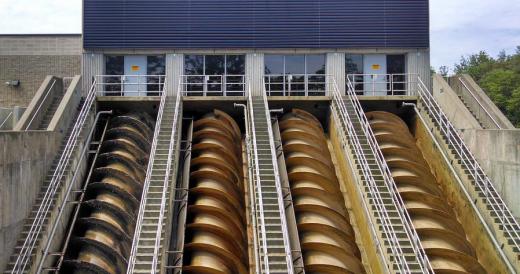Sometimes referred to as an eccentric screw pump or simply a cavity pump, a progressive cavity pump is a device that makes it possible to move fluid through a series of small chambers or cavities with the use of a rotor. This type of action makes it possible to control the flow of the liquid in a manner that ensures that the progress of the flow is consistent and easily managed. Pumps of this type are used in a number of different applications, including drilling for oil, water, and natural gas.
While there are slightly different design elements in different versions of the progressive cavity pump, most models feature a helical rotor along with a series of progressively smaller chambers or cavities. A stator, normally made from rubber, works in tandem with the rotor to create a secure seal. As the rotor initiates the movement, each of the chambers or cavities also move, filling with liquid as the rotation continues.

The benefit of this design is that it is possible to use progressive cavity pumps to move liquid along at a slower pace, while applying varying rates of pressure to the liquid. The wear and tear on the pump itself is kept to a minimum, since each succeeding cavity has only to deal with the rate of pressure related to moving the fluid into the next chamber. This helps to maintain a constant balance in pressure, while still providing the operator with a degree of control that is not possible with other types of pumps.

There are a number of different applications for the progressive cavity pump. In the case of oil wells, this type of device is ideal for pumping oil through a well and into storage containers. Many sewage systems make use of this type of pump as a means of controlling the flow of sewage and sludge through the purification process. It is not unusual for corporations that make use of large quantities of chemicals in their manufacturing processes to use a progressive cavity pump in order to make sure the exact amount of each chemical compound is employed in each lot of product.
There are other uses for the progressive cavity pump. Wineries can make use of the pump to move liquid through the distillation process at a measured pace. Shipyards and other marine centers often employ progressing cavity pumps as part of the process of lubricating engines and filling tanks with fuel. A pump of this type can even be used in construction projects to move cement and grout into position.
First developed during the 1930’s, there are a number of different names for the progressive cavity pump. Some of these names have to do with the intended purpose of the pump, while others are connected with a brand name for a pump manufactured by a specific company. While the name varies, the basic function of progressively moving liquid through a controlled channel of chambers remains the same.

